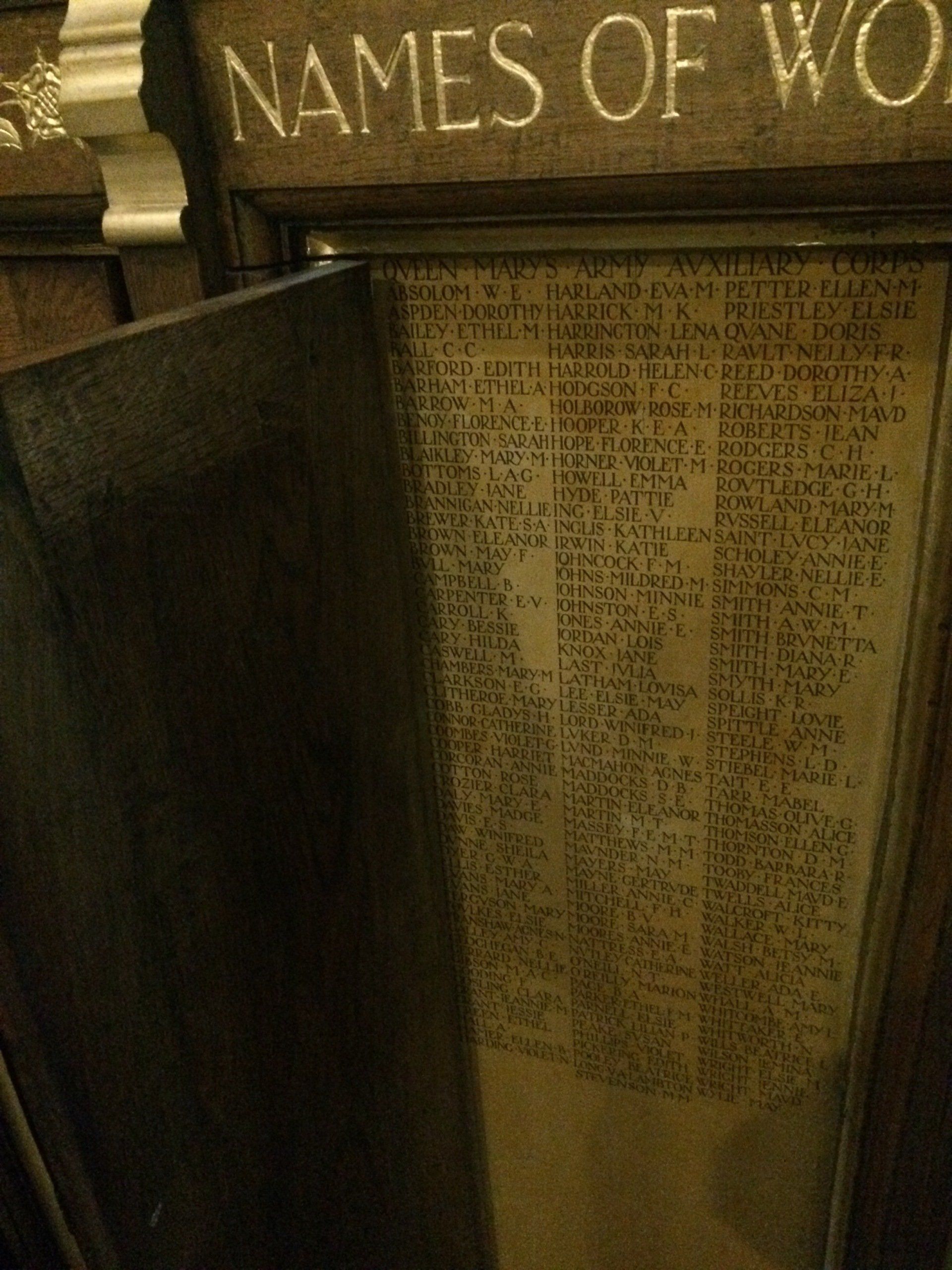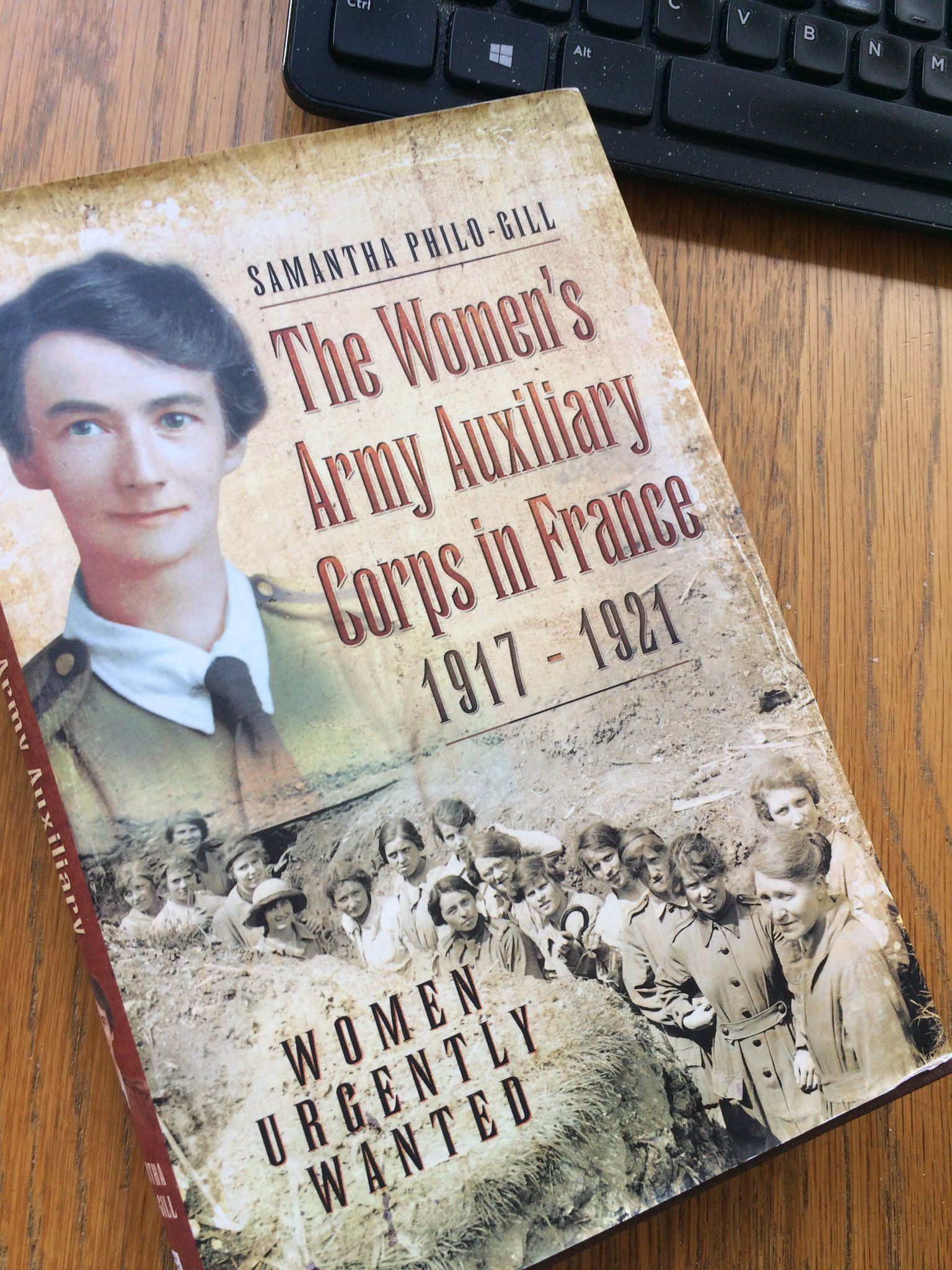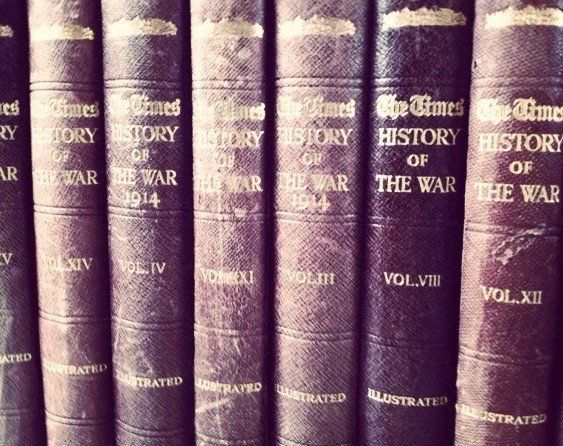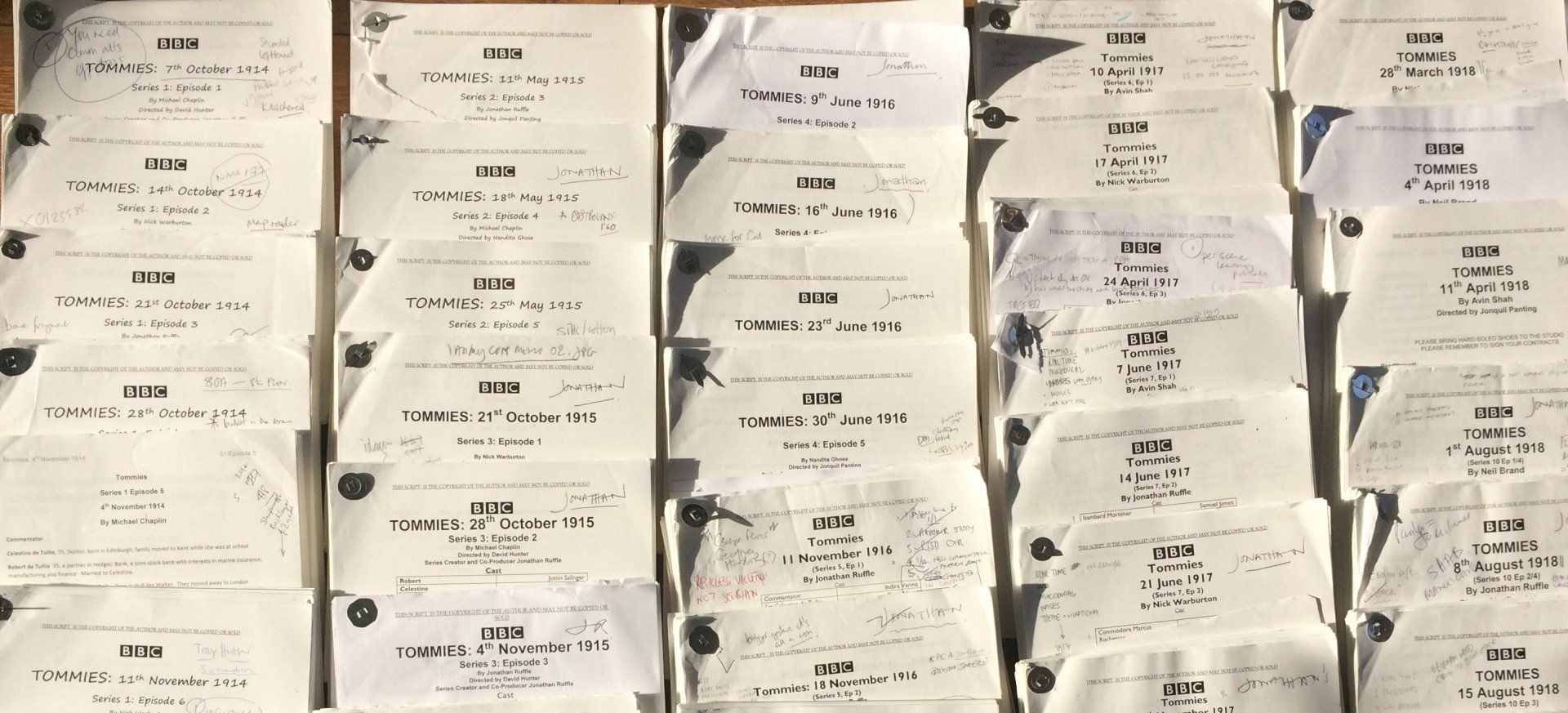The WAACs show the way
28th March 1918
28th March 1918
28th March 1918
The Five Sisters Window in the North Transept of York Minster is the only memorial in the country to women of the British Empire who lost their lives during the First World War. The window, which dates from the mid-1200s, was restored and rededicated between 1923 and 1925 after it was removed during the First World War to protect it during Zeppelin raids.
To one side are panels which open to show the names of the dead - my apologies that I was unable to find an angle to photograph it from to convey its dignified modesty.
Today's episode was one of straight-up heroism. The British Army were pouring back through Flixecourt, which was progressively threatened by the German advance a mere 25 miles away. Now that may sound like quite a bit, but the Germans were apparently unstoppable, and more importantly, the men at Flixecourt thought it was time to go, and they did. The WAACs were stationed at the Fourth Army Infantry School and would have been cooks and cleaners. They not only refused to go, but set up as a relief station giving food and drink to retreating men passing through, a major morale boost.
Obviously having had Evadne as a WAAC in 1917 I was bracing myself to dive into the extremely administrative WAAC war diaries at the TNA. Imagine how I felt when I found a new book had just been published by Samantha Philo-Gill:
Ruby Ord's recordings that you can now go and listen to on the IWM website, along with that of Dolly Shepherd (here) were great starters for WAAC life. The latter also has an autobiography, WHEN THE 'CHUTE WENT UP: ADVENTURES OF A PIONEER LADY PARACHUTIST which is where we created the balloonist character in the play.
The IWM was also had A SHORT HISTORY OF QUEEN MARY'S ARMY AUXILIARY CORPS by JM Cowper who nailed the 280318 story. Similarly the WAAC controller's memoir, SERVICE WITH THE ARMY by Dame Helen Gwynne Vaughan.
Unfortunately a bit of a snore after such a promising title THE STORY OF THE HUSH WAACS by Mabel Peel doesn't spill any beans about these codebreakers, what a shame.
I was keen to find references to the WAAC's stand in non-WAAC sources. My great-grandfather subscribed to this vast twenty-volume history of the war produced contemporaneously by The Times, as well he might - his three sons were in it. I don't think it has ever been read, and I often reflect that he probably kept buying it as a talisman for his sons' survival. I never thought I'd use it for this project, but they reported the event as we did.
I was surprised not to find more on Carey's force – instead I read his own papers in the IWM and also the Official Histories. These of course gave the overview of the whole nature of one week into the Kaiserschlacht.
Related Episodes
Related Episodes





